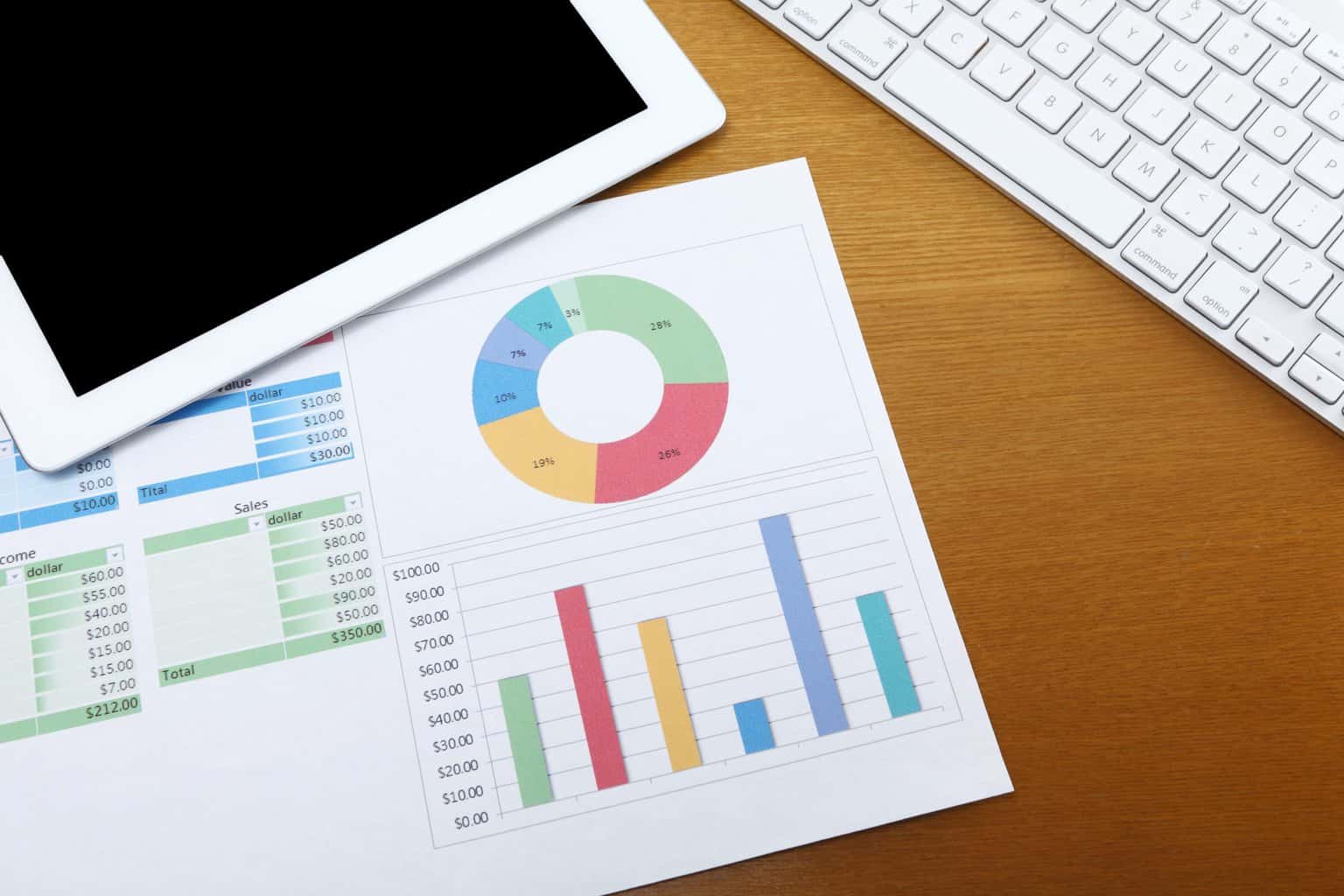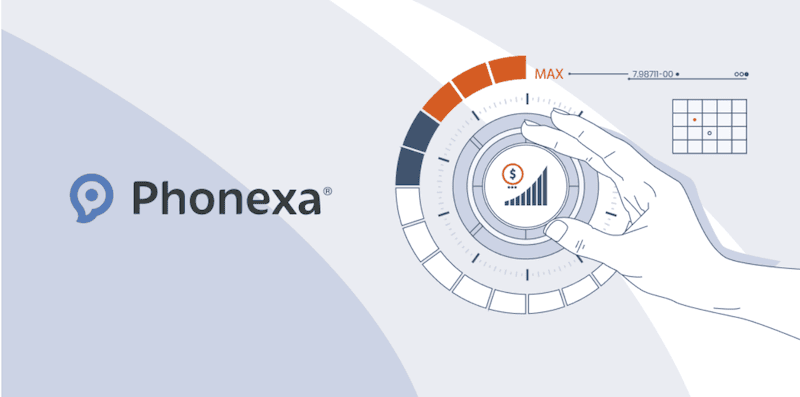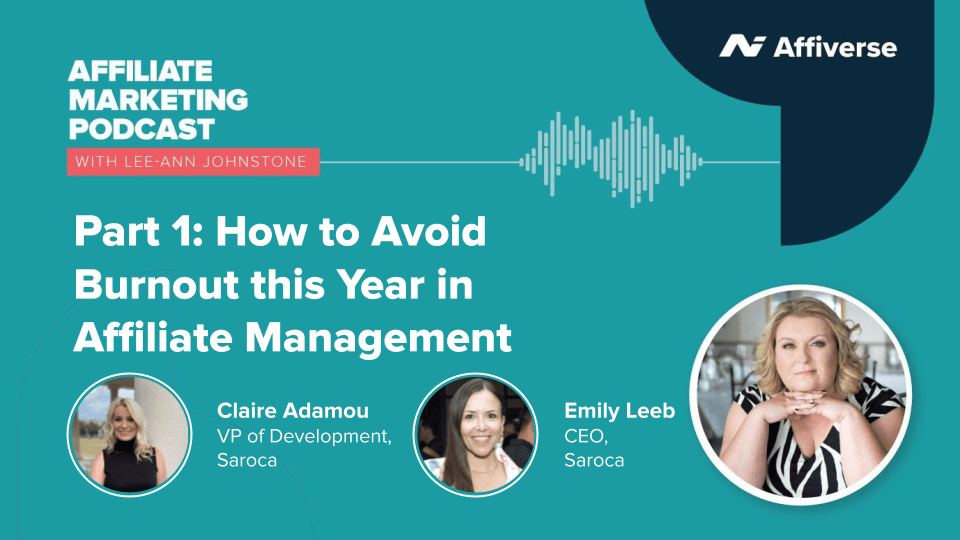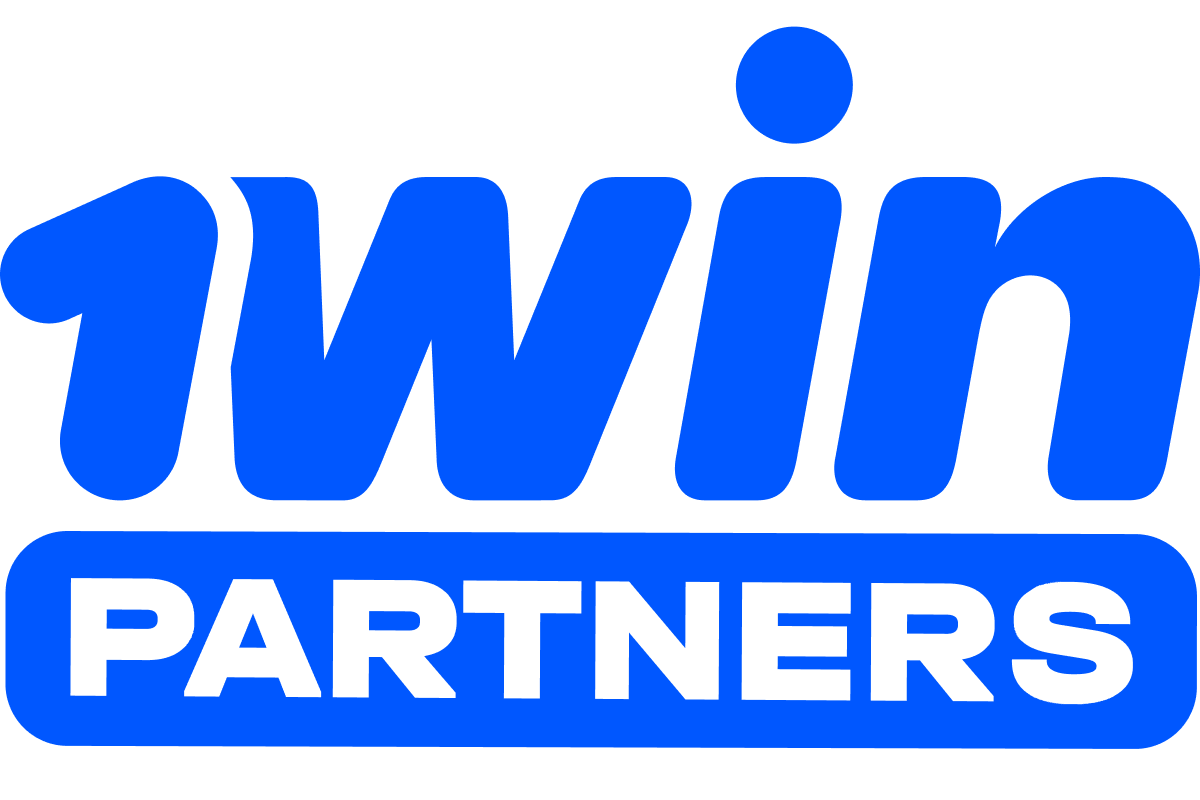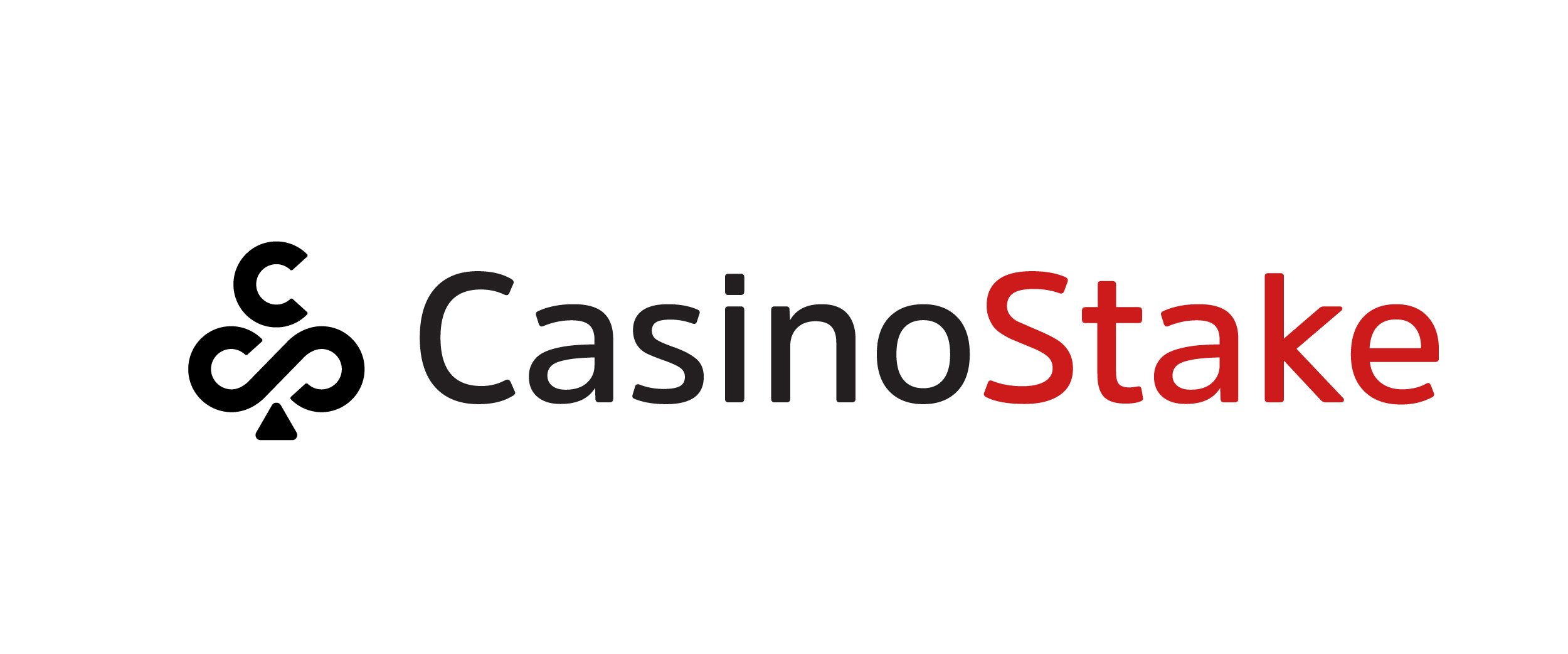Influencers have become integral to modern marketing methods. These social media celebrities often have enormous followings and can be incredibly powerful. However, while the traditional form of influencer marketing is still relevant, we’re seeing more and more brands wonder how they can move influencers from brand to digital performance marketing.
The answer may be easier than you expect. However, it requires a solid understanding of both brand and digital performance marketing as well as the way in which influencer marketing strategies are structured and implemented. Let’s take a closer look at how to move influencers from brand to performance marketing and discuss the best strategies for doing so.
Brand marketing with influencers
Brands have long sought to convey a sense of relatability and authenticity in their marketing campaigns. This was often difficult to do through traditional advertising channels, as things like TV, radio, and print create a barrier between business and consumer.
With the rise of social media came social media influencers, and businesses quickly became aware of the unique marketing opportunities these social media stars could offer.
Influencers create deep and meaningful connections with their followers. By giving viewers a glimpse into their personal lives, or by documenting it in minute detail in some cases, influencers establish a virtual relationship with their followers that can be incredibly powerful.
By partnering with influencers, businesses can effectively and rapidly raise awareness of their brands. Influencer campaigns are advertisements, but they are perceived in a different way than traditional ad forms. Influencers are trusted by their followers, when they advertise products consumers will be far more likely to pay attention.
While influencer marketing can and does drive sales, it works to lend a brand an air of authenticity and legitimacy. Consumers can actually see products being used in practice, rather than just as an ad that they quickly scroll past.
What is digital performance marketing?
Now that we know how brand building can be done through influencer marketing, let’s take a closer look at what we mean by digital performance marketing and discuss how businesses can move influencers from brand to performance marketing.
Performance marketing is a digital marketing approach that is driven by tangible, measurable results. Metrics are measured and, if successful, the same steps are repeated or improved upon to generate further business.
Some of the most common key performance indicators that are measured in a performance marketing strategy include cost per click (CPC), pay per click (PPC), and impression share (CPM).
Traditionally, performance marketing was largely conducted through paid advertising channels on social media platforms and search engines. However, with the development of new tools and technologies, businesses can now apply performance marketing practices to different strategies, including influencer campaigns.
Where do the two meet?
The traditional method of approaching influencer marketing was to pay an influencer an up-front fee for them to advertise a particular brand, product, or service. While this could generate excellent results, it relied highly on predictive analysis and often a degree of luck.
In the past, there was no real way of accurately measuring influencer performance. Audience engagement such as likes, comments, and shares was used as a metric to assess the success of a campaign, and it was difficult to draw direct links between these engagement stats and sales figures.
However, there are now modern solutions that allow businesses to move influencers from brand to digital performance marketing, without losing out on the unique brand-building opportunities that influencer marketing can offer.
Tools for moving from brand to performance marketing
Influencer marketing is an approach that all digital businesses must be aware of. However, to see the best results, it’s vital to understand how to move influencers from brand to performance marketing.
Thankfully, there are now various tools and platforms available that allow for in-depth influencer performance tracking and analysis. Channels like Shopify Collabs and Grin are excellent options and can offer a range of detailed insights that allow brands to accurately track, monitor, and evaluate influencer marketing campaigns.
While tracking engagement stats and follower counts is still important, brands need to look more closely at influencer campaigns to best measure results. Trackable links are essential tools, these can be used to assess how many conversions an influencer is generating for your business and can give you a clear indication of campaign success.
With these more advanced tracking tools, it’s far easier for brands to measure the ROI of campaigns and influencer partners can be moved from brand to performance marketing more effectively and efficiently.
Conclusion
The influencer marketing sector is booming, currently valued at more than $21 billion. However, businesses must know how to successfully shift influencers from brand to performance marketing if they want to take full advantage of this approach.
Looking for more marketing insights? Check out our blog for the latest news and the best advice or book a free call with one of our team for more personalised guidance.
Remember to register for our ELEVATE Summit in July, where we’ll be hosting panels, talks, and workshops with a number of industry experts. All of the content will be available to stream directly from the Affiverse website.


